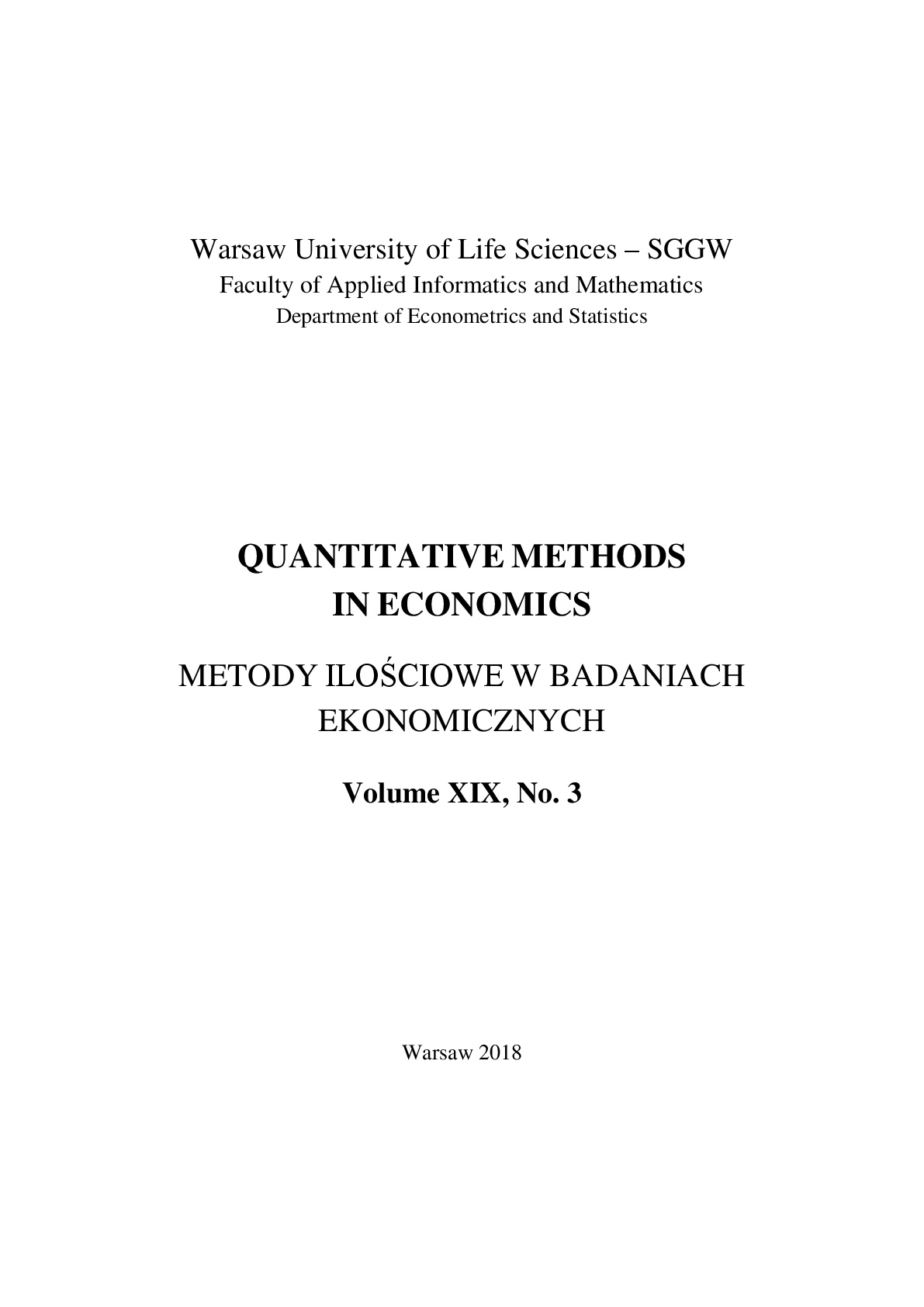ZASTOSOWANIE METODY BIPOLAR NA PRZYKŁADZIE 2 PROBLEMU WYBORU DOSTAWCY USŁUG LOGISTYCZNYCH
REFERENCE POINTS IN THE ASSESSMENT OF THE DECISION 23 VARIANTS - BIPOLAR METHOD
Author(s): Agnieszka TłuczakSubject(s): Micro-Economics, Methodology and research technology
Published by: Szkoła Główna Gospodarstwa Wiejskiego w Warszawie
Keywords: BIPOLAR method; reference point;
Summary/Abstract: Bipolar is one of the Multiple Criteria Decision Analysis (MCDA) 25 methods, proposed by E. Konarzewska-Gubała. The main idea of the analysis 26 in the Bipolar method consists in a fact that alternatives are not compared 27 directly to each other, but they are confronted to the two sets of reference 28 objects: good and bad. Some alternatives can be evaluated as over good, i.e. 29 better than at least one of desirable reference object or underbid, i.e. worse 30 than at least of one nonacceptable object. Proposed method takes into account 31 all stages of the decision-making process, starting with the selection of 32 criteria and determining their weights, by modeling the preferences of 33 decision-makers, on obtaining recommendations in the form of a ranking of 34 decision-making variants. The BIPOLAR method has been used to select 35 suppliers of food products for retail stores. Comparison of decision variants 36 with a reference set is carried out on similar principles as in the ELCTRE 37 method, in which the basic principle is to compare each variant with all 38 others. Such a comparison makes it possible to check if there are grounds for 39 considering a given variant to have an advantage over each of the others.
Journal: Metody Ilościowe w Badaniach Ekonomicznych
- Issue Year: XIX/2018
- Issue No: 3
- Page Range: 293-302
- Page Count: 10
- Language: Polish

